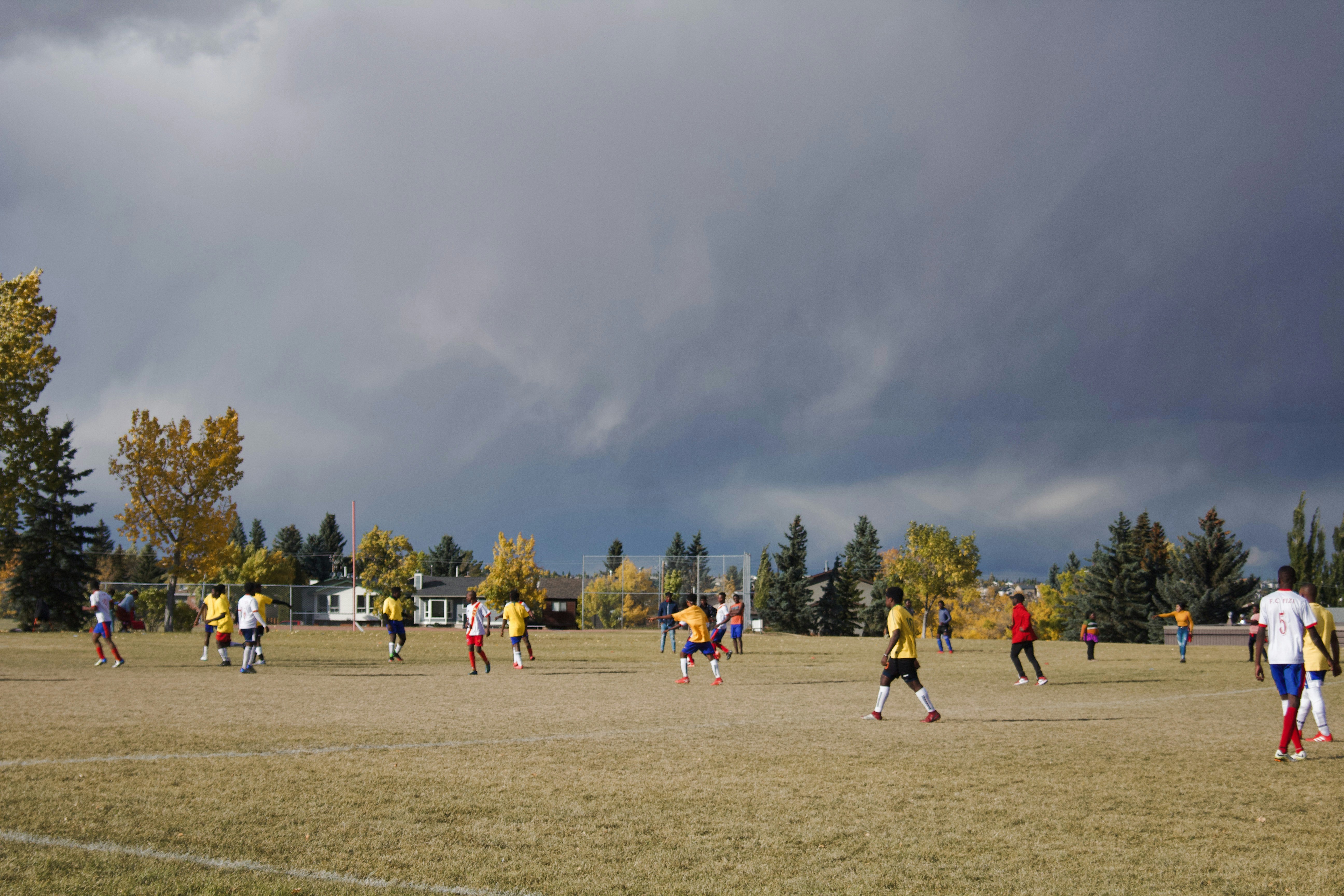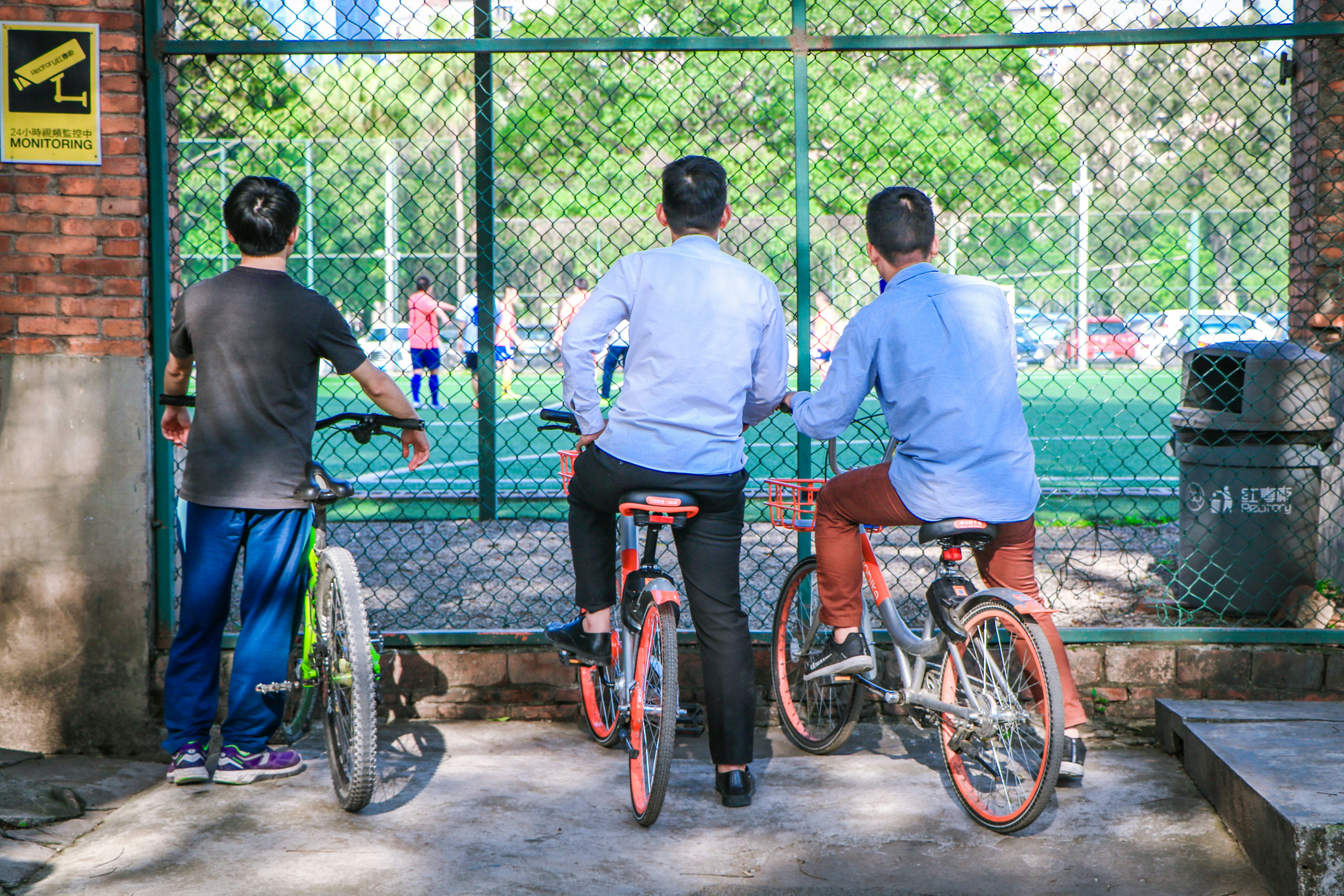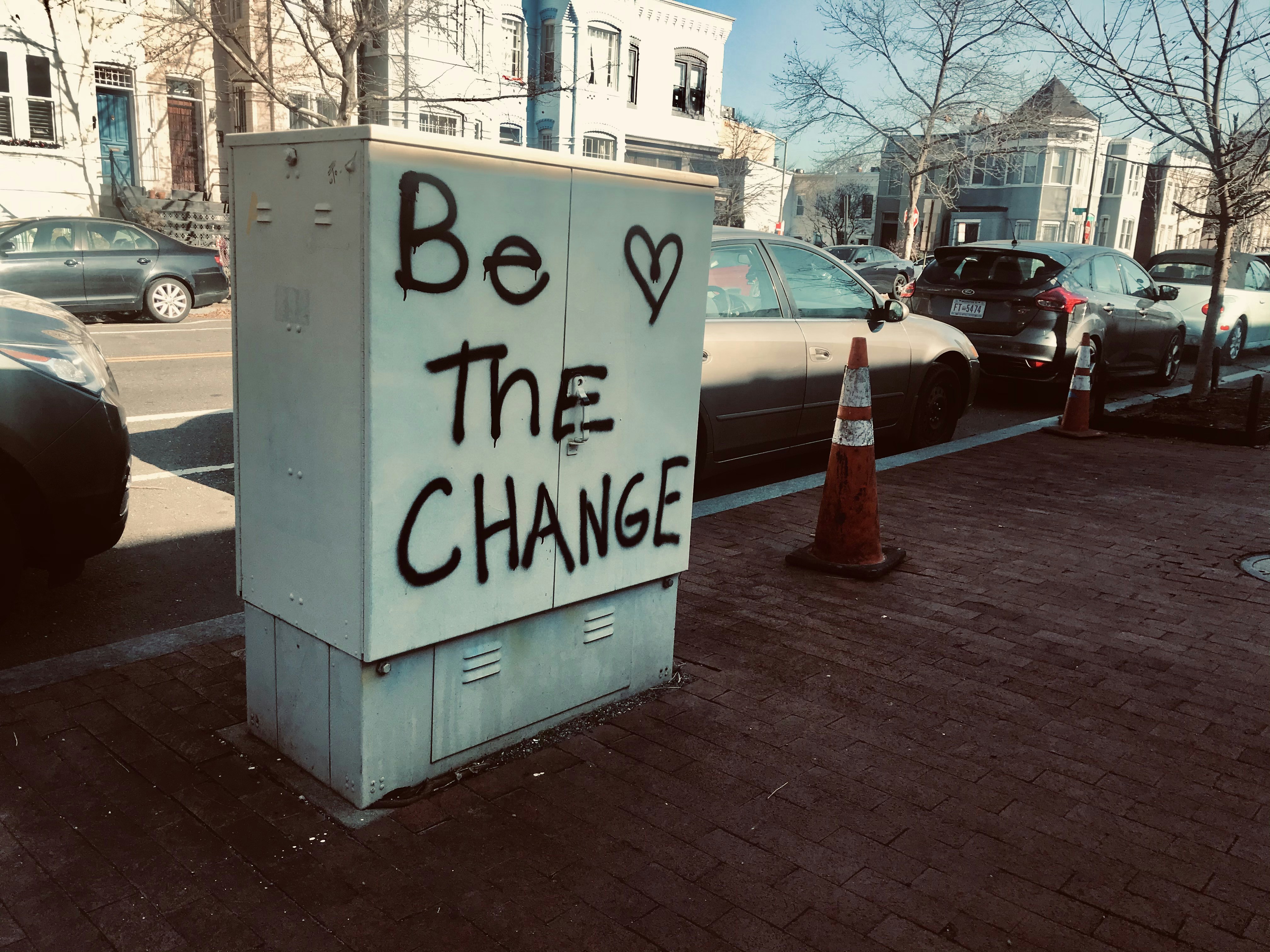Climate Change's Untold Impact on Local Sports Leagues Today
As our planet grapples with the monumental challenge of climate change, the implications of shifting weather patterns ripple through every community, particularly in local sports leagues. Communities that thrive on athletic engagement are finding their very foundations shaken; fields once bustling with eager players now face existential threats from extreme weather events. This article delves deep into the myriad ways climate change is redefining community engagement in sports, enhancing performance and ultimately altering the landscape of local athletics.
The Unfolding Crisis: Understanding Climate Change
Climate change is no longer a distant concern relegated to environmental activists. Extreme weather events like hurricanes, droughts, and heatwaves are becoming commonplace, impacting local communities around the globe. The Intergovernmental Panel on Climate Change warns that average global temperatures are expected to rise significantly, leading to disruptions in local ecosystems. This rising heat isn't just a concern for nature; it's affecting athletes, sports engagement, and how communities connect over the love of their local teams.
As these environmental shifts become more pronounced, how do local sports leagues adapt? The answer lies within each community's response, resilience, and innovation. Many organizations have begun to acknowledge that their role transcends mere competition; they are vital pillars supporting community cohesion and engagement.
Weather Patterns Shaping Sports Participation
Seasonality has always been an elegant dance between the pristine effects of nature and human recreational involvement. With increasingly erratic weather, local leagues face new hurdles that can either stifle or innovate community participation in sports.
Increased Heat and Its Impact on Athletes
One of the most palpable effects of climate change is the increase in average temperatures. Athletes are facing the brunt of this change, especially in summer months when practice sessions and games become endurance tests against rising heat indexes. A study from the National Oceanic and Atmospheric Administration (NOAA) shows that an increase of just a few degrees can dramatically impact an athlete’s ability to perform. It’s not just about discomfort; prolonged exposure to high temperatures increases the risks of heat exhaustion and heat-related illnesses.
Rainfall Irregularities and Ground Conditions
On the flip side, intense rainfall due to climate change can flood fields, making them unsafe or unplayable. Local leagues struggle to maintain facilities that have been neglected during natural disasters, which can lead to cancellations of games and practices. These events impact more than just the schedule; they erode the community spirit, displacing players and reducing family and fan participation.
For some leagues, it may mean investing in better drainage systems or even synthetic turfs designed to withstand such challenges. Others might pivot their focus to indoor sports as an adaptive strategy. Here, we see an example of communities rethinking how they engage with sports. The investments and innovations they make today will define the landscape of local sports for years to come.
The Role of Local Sports in Community Engagement
At its core, local sports provide a foundation for forming community bonds. They serve several functions: fostering teamwork, encouraging healthy lifestyles, and bringing people together. Recent events, however, have shifted how these bonds form and are maintained.
Community Resilience in the Face of Change
In light of climactic upheavals, many communities are witnessing a resurgence of camaraderie among them. Local sports have become avenues for healing and collective action. Initiatives to raise awareness about environmental issues are being integrated with sports programs—a new wave of engagement that rallies communities in solidarity. Local leagues are stepping up to support climate action, connecting athletes and organizations to grassroots movements.
Shortened seasons, modification of game times, or the introduction of environmentally-conscious practices have become common adaptations. The emergence of eco-friendly sports initiatives, where leagues emphasize sustainability, garners interest not just from players but increasingly from sponsors and fans too. This is an exciting evolution that aligns athletic performance with societal responsibility.
For example, utilizing local fields as community gardens or creating sports programs that actively promote and educate on climate change leads to a dual engagement strategy—participants grow as athletes and as informed citizens. Such initiatives have been seen in various leagues, demonstrating how local sports can nurture both individual and collective growth.
Positive Shifts in Performance and Skills Development
As communities adapt to these changes, they are discovering new opportunities for development. Leagues embracing technology to combat climate change aren’t merely stuck in a reactive state; they’re becoming forward-thinking pioneers. Players are learning to adapt their techniques to different environmental challenges, such as developing hydration plans in response to heat or changing up indoor strategies when rain disrupts outdoor play.
Moreover, many organizations are increasingly including specialists in outdoor safety and climate resilience in their training regimens. Creating mentorship programs connecting seasoned athletes to younger players encourages knowledge transfer, driving home the importance of adaptability and innovation in sports.
Community workshops led by local experts on adapting to climate change ensure that the sports ecosystem not only survives but thrives in the face of challenges. By preparing athletes with the mental resilience they need to cope with and adapt to changing environmental trends, leagues foster a new generation skilled in navigating both their sports and our warming world.
The Future of Local Athletics: Innovating for Sustainability
It’s clear that environmental factors will shape the landscape of sports leagues for the foreseeable future, but emerging technologies offer promising solutions.
Investing in Sustainable Infrastructure
One of the most impactful shifts underway is in infrastructure development. Sustainable practices not only serve to mitigate climate change effects but improve overall facility management. From water conservation systems to energy-efficient lighting, local leagues are investing in sustainable practices that minimize environmental footprints.
The push towards sustainable synthetic surfaces for fields can also withstand unpredictable weather conditions better than natural grass, extending the usability of playing surfaces and reducing maintenance costs. Organizations committing to sustainable practices are often rewarded with increased community support, showing how athletic facilities can serve as models for environmental stewardship.
Exploring Climate-Resilient Sports
Another innovative response to climate change is the rise of climate-resilient sports. Organized events that may revolve around climate consciousness—races that double up as fundraisers for environmental causes or leagues promoting eco-friendly practices—demonstrate how addressing climate issues through sports can foster a sense of community and purpose among players and fans alike.
Notably, leagues are recognizing the importance of metrics beyond win-loss records; community impact and sporting activity levels are becoming equally vital indicators of success. Examples include the adoption of carbon footprint monitoring for events and teams implementing practices that consider environmental impact over traditional practices.
Navigating Challenges Through Collaboration
Success in this new paradigm will come through collaborative efforts. Healthcare providers, climate advocates, and local governments need to work hand-in-hand with sports leagues to identify and address the specific challenges faced by athletes and communities responding to climate change.
Community engagement initiatives that blend environmental stewardship with athletic training are crucial. Collaborations between local governments promoting urban greening initiatives, such as transforming empty lots into athletic fields can yield beautiful synergies benefitting neighborhoods and local sports leagues. Through joint efforts, challenges are reframed as opportunities for community building and education.
Final Thoughts: Moving Forward Together
The impact of climate change on local sports leagues is a multifaceted issue, but the pathway forward is laden with opportunities for growth and transformation. By reimagining how we engage with sports—adapting to seasonal changes, innovating through sustainable practices, and realigning community goals—local leagues can redefine their roles within their communities, ultimately leading to a vibrant and resilient sports culture.
As we continue to explore these themes, it's essential for athletes, officials, and community leaders to maintain open dialogue, fostering innovative solutions and strengthening the fabric of our society. Local leagues are not merely about games; they are about forging bonds, empowering stories, and championing a shared sense of responsibility towards our neighbors and our planet.
For additional insights on transforming local sports culture and understanding the mental resilience needed in today's competitive environment, check out articles like "Unlocking Athletic Success: The Role of Neurodiversity in Sports" and "Beyond the Field: Urban Design, Architecture, and Sports Culture". Engaging with these narratives can further enlighten us on the role of sports as a catalyst for community evolution and support amidst the pressing realities of climate change.










